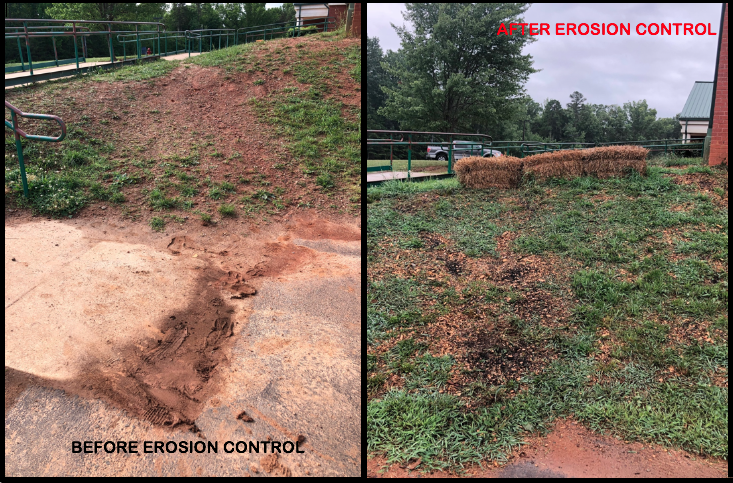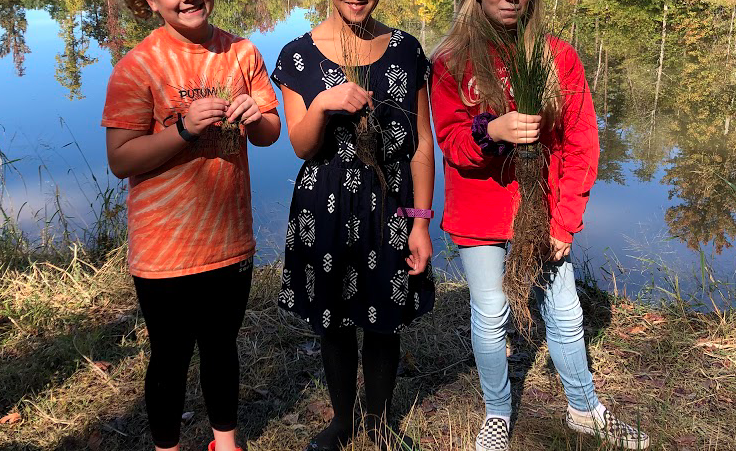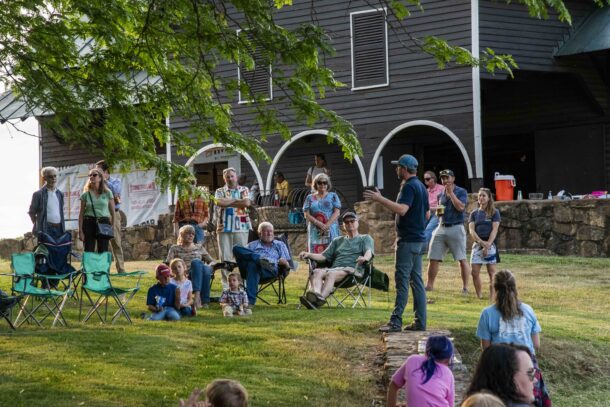 It’s not every day that you find someone who, as a student, directly contributed to the health of their watershed.
It’s not every day that you find someone who, as a student, directly contributed to the health of their watershed.
Now students in Spotsylvania County can declare they participated in a project that positively impacted their watershed and the Rappahannock River.
Through grants from the National Oceanic Atmospheric Association (NOAA), Friends of the Rappahannock brings a program called a Meaningful Watershed Educational Experience (MWEE) to students throughout the Rappahannock Watershed. MWEEs are designed to connect students to the issues affecting local waterways.
One such issue is sediment pollution. When sediment enters the river, it clouds the water preventing sunlight from reaching plants and animals. When underwater grasses don’t get sunlight they don’t give off enough oxygen to sustain life in the river. Erosion is a significant factor when it comes to sediment pollution. Unfortunately it is a common sight on playgrounds and Brock Elementary School would agree.
Erosion Project
At Brock Elementary School, students used a convenient shortcut off the sidewalk to access their playground. Due to the steep angle of the shortcut and gutter drain that spouts directly onto the ground, the sediment erodes and deposits in locations were vegetation is unable to grow.
When FOR partnered with 4th grade students at Brock Elementary for their MWEE, the students knew they needed to remedy their erosion problem. FOR brought a trailer filled with soil, wood chips, hay bales, stakes, and tools. Fourth grade students worked in teams throughout the day.

Teams scooted hay bales to the top of the incline and staked them in place. They filled five-gallon buckets with soil, dumped the soil and raked it smooth. Next, they filled the same five-gallon buckets with wood chips, carried them up, and dumped them over the soil to hold it in place so vegetation started to take root. The fourth graders at Brock Elementary solved not only their own embankment erosion but decreased the sediment that would find its way into storm drains off school property.
Floating Wetlands Project
Not all schools have the same erosion problem though. Many school sites include retention ponds designed to collect fertilizer run-off and manage storm water. These ordinary but necessary ponds provide important habitat for local plants and animals of all varieties. Excess nutrient run-off in waterways cause algal blooms which contribute to lowering dissolved oxygen, even dead zones. Thus, capturing these nutrients before they reach a local waterway is an excellent preventative measure.
For three semesters students at Freedom Middle School in Spotsylvania have constructed and maintained floating wetlands. We then installed these structures in the retention pond as they watched. As these wetland plants use the nutrient run-off in their pond they grow a strong an extensive root system which in turn will allow them to absorb more excess nutrients.
When students participate in hands-on learning about the issues, animals, and cultural heritage of the Rappahannock River, they become invested in the river itself. Through MWEEs, we hope to grow a new generation of River Stewards. Much like their floating wetland grasses, we hope their roots of stewardship will grow over passing years.
By MWWE Coordinator Nancy Stalik and Educator Lindsay Anderson
December 2019

